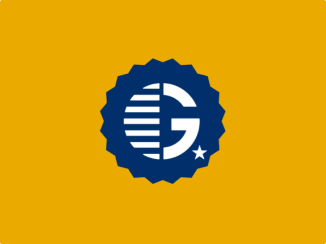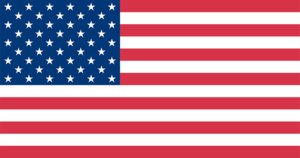research

- 31-Jan-2017
Where I Am and How I Got Here
Hello! My name is Trevor. I am a Marine veteran and a third-year geology student at Pomona College. This semesterRead More ⇾

- 18-Apr-2013
MOVING OUT: STARTING THE FINAL STAGE
After two months of living with my wonderful host family, it is time to bid them adieu. The final monthRead More ⇾



